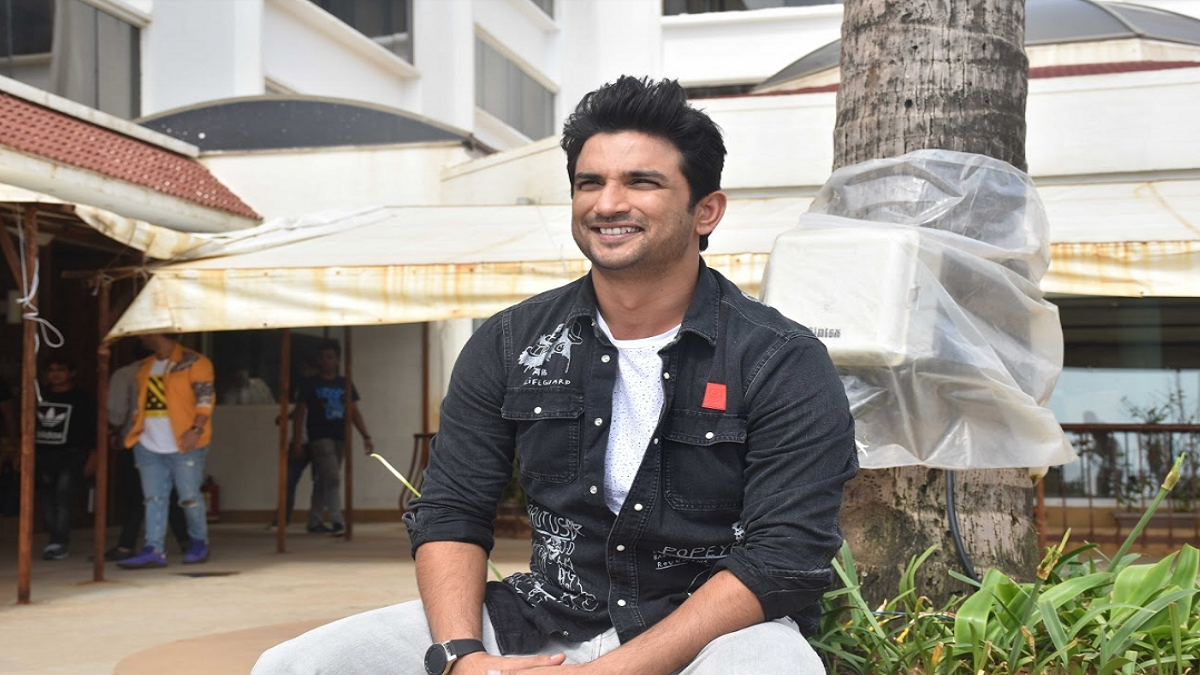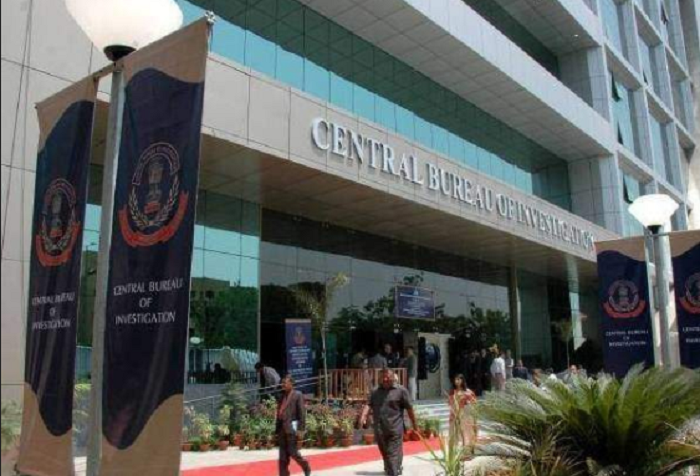
More than two months after Sushant Singh’s death, CBI has taken over the investigation, kindling a ray of hope that justice will now be done to the late actor’s family and Bollywood. The probe by the apex investigation agency would be a test for Mumbai Police’s professionalism in this case; it would also delve into alleged nepotism in Bollywood.
CBI’s scope of inquiry will focus on finding out whether there were any deviations from the normal contours and procedures of investigation by Mumbai police. However, the primary objective of CBI should be to ascertain whether there is someone behind Sushant’s death or he died of his own will.
This inquiry would also examine possible linkage between Sushant and his manager Disha Salian’s mysterious death which happened in quick succession. It is too big a coincidence not to be linked. But at the same time CBI must ensure there is no travesty of justice under any kind of pressure.
Sushant Singh Rajput’s untimely death has saddened all his fans including me. A 34-year-old budding film star’s death is shrouded with endless speculation. There is no doubt it will be an uphill task for CBI to sift through hundreds of leads and theories which have surfaced after reporting by Sushant’s well-wishers and the media. CBI will have to uphold its motto of industry, impartiality and integrity at any cost.

Mumbai Police in this case has worked with certain conviction and decided not to register an FIR for murder and even abetment to suicide for that matter. Ask any police officer and he will tell you it is the safest thing for police to register an FIR and eventually eliminate theories by deduction.
Clearly Mumbai Police in its wisdom had reasons to believe that there was no legal requirement to register an FIR. For almost two months it was carrying out inquests both in Sushant and his manager Disha’s deaths merely on the basis of Accidental Death Reports.
Consequently, one can understand why so many theories have surfaced around Sushant’s death. After the Aarushi case it is perhaps the most talked about crime story these days. It has the distinction of making it to headlines of every news network every day.
The reason is there is an element of incredibility in the death of the Bollywood star due to it being an untimely death which remains without any explanation. He was young, bright, good-looking. He appeared to be the nextdoor boy, full of energy, someone who would take no time to befriend the neighbours and win their affection. A charming young man with a pleasant smile, which could win over even his enemies. He has the looks of a nice young man — a person who would harbour no ill feelings towards anyone.
Professionally he was successful too, his performances were highly appreciated. My personal favourite is his film Kai Po Che. The movie was about the hope and spirit of India and humanity which this country has always celebrated. In the end of the movie, Sushant emerged as a big hero.
In real life after his death it was difficult for people to come to terms that someone like Sushant, who had a bright future ahead of him could take his own life. But Mumbai Police was quick to conclude his death as a suicide and ruled out any foul play in spite of the fact he left no suicide note. The public opinion is there is more than meets the eye and Mumbai Police did not probe the case properly for the reasons best known to them. Therefore, there was a strong public opinion that the case should be investigated by another agency.
Then Bihar Police came into the picture on the basis of a complaint filed by Sushant’s father in Patna. However, the manner in which Mumbai Police reacted to Bihar Police’s entry made their actions suspicious. Imagine the frustration of Bihar DGP when he found himself helpless in protecting his team visiting Mumbai to probe the case. Deliberately obstacles were created in their functioning. All these actions on the part of Mumbai Police and administration did not go down well with the public and complicated the situation.
The Supreme Court while transferring the case to CBI did not criticise Mumbai Police investigations. But while delivering the judgment SC couldn’t have turned a blind eye towards a strong public opinion demanding an independent probe. Therefore, SC ruling under Constitution’s Article 142, which is an extraordinary move, had to hand over the probe to CBI- an agency considered to be the best and most professional.
The apex court invoked Article 142 in this case stating that to ensure public confidence in the investigation and to do complete justice in the matter, it would be appropriate to exercise the powers conferred by the article. The court had in its order considered the fact that Mumbai Police’s scope of inquiry under Section 174 of Code of Criminal Procedure was limited. It could not be equated with full-fledged investigations. Patna Police had jurisdiction to register the FIR. And that the need for an inquiry by an independent body due to conflict between two states was felt.
The impression the Mumbai Police’s conduct gave was that it was in a hurry to arrive at conclusions. Normally police wait to examine the results of a viscera report before making up their mind. Viscera report findings give an insight into toxicology and whether any sedatives were administered to the deceased. However, the police based its findings on the basis of a post-mortem report which itself came under the cloud as it was done in the night.
There is a rule that autopsy is not done after sunset unless there is some law and order situation. For example, there is a hurry to cremate or bury the deceased lest there could be law and order ramifications. However, in Sushant’s case there was no law and order situation.
The logic behind not carrying out an autopsy after sunset is that bruises and ligature marks (marks around the neck in case of hanging) are not clearly visible. When a person hangs by his neck, bones break and with the help of a detailed forensic examination it could be ascertained whether the hanging was suicidal or homicidal.
In case of ante mortem ligature marks it becomes clear that the death was due to asphyxia caused by the hanging. But in case of post mortem marks it is suspected that the person could have been killed before hanging by someone else. Meaning the deceased’s feet don’t touch any surface. In a number of suspected cases hanging was found to be perfect. But eventually it turned out that the deceased was killed before hanging by the killers.
Forensic experts believe in genuine cases of suicide hanging is mostly partial. Meaning a person could hang himself with a loop even tied to a window and need not tie the rope too high. In the forensic parlance partial hanging is also a diagnostic of a suicide.
There is a strong view that there were enough reasons for Mumbai Police to have considered Sushant’s death as something more than a suicide. They could have registered an FIR for a case of murder. By and by as the investigations would have progressed, they could have arrived at a logical finding. This could have saved Mumbai Police the embarrassment they had to face after the Supreme Court’s order.
In police procedures there are several examples, which could have been a reference for Mumbai Police. Delhi Police experience in Sunanda Pushkar case wherein they initially treated it as a suicide. Later they had to register a case of murder due to strong public opinion for a wider probe.
On the discovery of Sushant’s body, Mumbai Police only filed an ADR (Accidental Death Report). Like the one they did in Sheena Bora case, which eventually turned out to be a case of murder. Mumbai Police did not even learn from their own experiences in the Sheena Bora case.
In the absence of any villain in Sushant Singh’s death, theories of nepotism in Bollywood cropped up. There were allegations of powerful gangs trying to undermine his talent by ensuring he doesn’t get good opportunities to showcase his talent. And he died even before his full potential could be realised.
Eventually the mystery was politicised. While BJP alleged inaction on the part of Mumbai Police, Sharad Pawar was quick to raise an incomplete probe in Dabholkar case. Now Sushant’s death has become an issue for Bihar elections.
Enough of mudslinging has happened in this case both in Bollywood and in politics. Now that the CBI has taken over the probe this must stop. The CBI cannot disregard public opinion. But, at the same time, keeping in mind their past experiences in the investigations of heinous crimes, they should stay clear of all politics.